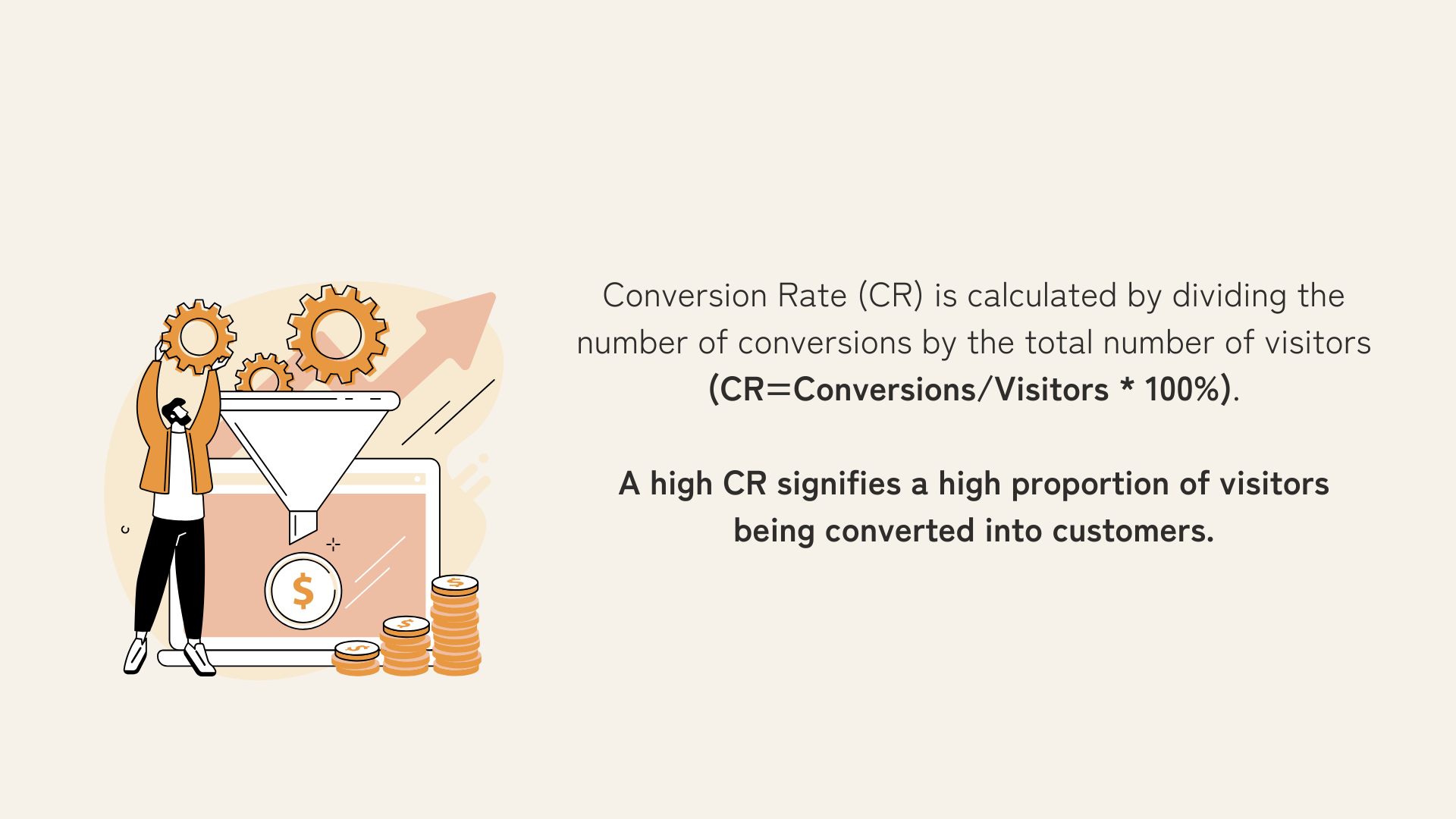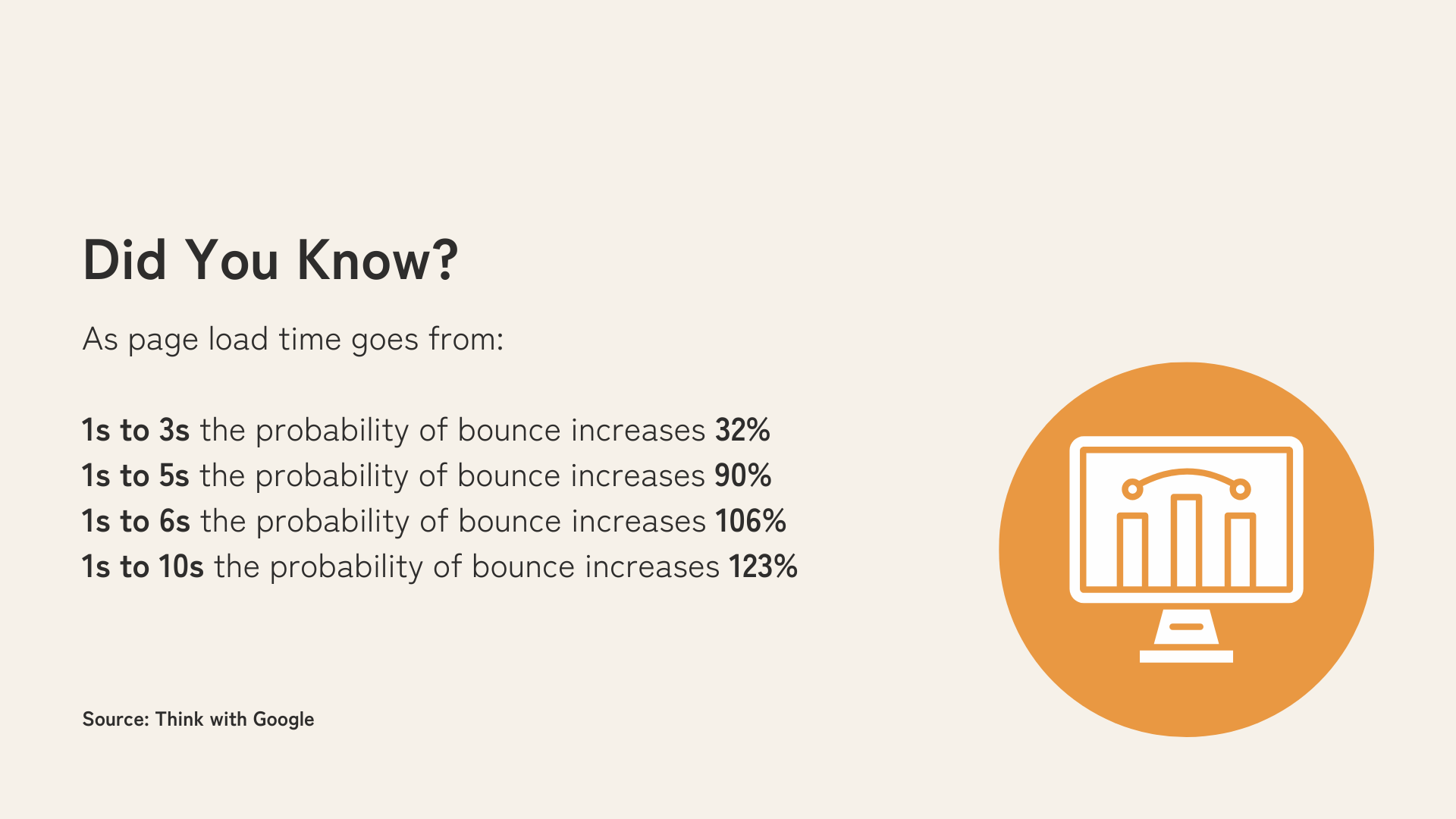Introduction
Achieving higher conversion rates is crucial for the success of your eCommerce business.
As you read through this comprehensive guide, you will gain actionable insights into eCommerce conversion rate optimization.
Understanding your customers and fine-tuning their journey can directly impact your bottom line.
By implementing the data-backed tips outlined here, you can increase your website's ability to turn visitors into buyers.
This guide will walk you through optimization best practices such as creating trust signals, streamlining checkout, and crafting persuasive product pages.
With a strategic approach, even minor changes can produce outsized returns.
Continue reading to fully leverage conversion rate optimization and accelerate your eCommerce growth.
What Is eCommerce Conversion Rate Optimization?
eCommerce Conversion Rate Optimization (CRO) refers to the process of improving the percentage of online store visitors who make a purchase or complete a desired action, known as the conversion rate.
CRO aims to increase revenue and profits by optimizing the customer experience and persuading more visitors to convert.
According to research, even a 1% increase in conversion rates can impact revenue by up to 100% for eCommerce.
CRO is a data-driven process that involves continually testing changes to your eCommerce site to find the optimal combination of factors that will convert the most visitors.

Why eCommerce CRO Matters - The Impact on Your Business
Conversion rate optimization (CRO) is essential for any eCommerce business.
Even small improvements in your conversion rates can have a huge impact on revenue and profits.
But, why prioritize conversions when you could focus on driving more traffic? It’s a matter of efficiency.
CRO taps into your existing traffic and gets the most out of every visitor, unlike traffic generation tactics which require continuous investment of time and resources.
For example, if you have an average order value of $100 and 100,000 monthly visitors, increasing your conversion rate from 2% to 3% would result in an additional $100,000 in monthly revenue.
At higher traffic volumes, the impact is even greater. CRO should be an ongoing focus for eCommerce marketers and business owners.
CRO is vital due to several reasons:
Increased Revenue and Profits
Higher conversion rates directly translate to more sales and revenue. With higher revenue, your profits will also increase as your costs remain mostly fixed.
More revenue and higher profits allow you to invest more in marketing, product development, and customer service. It creates a virtuous cycle of growth.
Improved Customer Lifetime Value
Customers acquired through conversion optimization tend to have higher lifetime value.
They are inherently more interested in your products and brand, so they come back to make repeat purchases.
Focusing on CRO helps you attract high-quality, loyal customers.
Maximized Marketing ROI
For eCommerce businesses, marketing activities like paid advertising, content creation, and social media are major investments.
Improving your conversion rate allows you to get the most out of these marketing efforts.
Each visitor you drive to your site becomes more valuable, so your marketing ROI increases.
How to Improve Your eCommerce Site's Conversion Rate
To optimize your e-commerce conversion rate, focus on creating a seamless customer experience.
An improved user experience directly correlates to higher conversion and retention rates.
#1 Optimize Your Site Design
A clean, simple design makes it easy for customers to find what they need. Ensure your:
- Product photos are high-quality and the same size. This creates a consistent look and feel.
- Product descriptions are concise yet compelling. Mention key features and benefits.
- Navigation is intuitive. Group similar products together and use descriptive category names.
- Checkout process is short, simple, and secure. Offer guest checkout and multiple payment options.
#2 Improve Page Load Times
According to research studies, 53% of visitors will abandon a site that takes longer than 3 seconds to load.
Use tools to analyze and improve your:
- Page size. Remove unnecessary images, scripts, and stylesheets.
- Server response times. Choose a hosting provider with fast, reliable servers.
- Image optimization. Compress and resize images to reduce file size.
- Caching. Implement browser and server caching to speed up repeat visits.
#3 Personalize the Experience
Personalization helps create a custom experience for each visitor. These what you can do:
- Show recommendations based on browsing history and past purchases.
- Display content in the visitor's preferred language.
- Segment your email list based on interests and send targeted campaigns.
- Collect information like name, birthday, and interests to trigger personalized messages.
#4 Continually Test and Optimize
Use A/B testing tools to experiment with different versions of your site. Make incremental improvements over time based on the results. Things you can test include:
- Headline and copy changes. Will a different message resonate more with visitors?
- Button colors and placement. What encourages the most clicks?
- Product images. Do certain images lead to more sales?
- Promotional offers. Which discounts or free shipping incentives drive the most conversions?
By making ongoing improvements to your site experience and conversion funnel, you can achieve and sustain higher conversion rates and sales.
The key is to start with small changes, measure the results, and build from there.
eCommerce CRO Best Practices and Strategies
To optimize your eCommerce conversion rates, focus on the following best practices:
1. Optimize Product Pages
Product pages are the most important pages on your site. Ensure high-quality product images, detailed but scannable product descriptions, specifications and reviews.
Include cross-sells and upsells to increase average order value. Use persuasive copy and emphasis on product benefits.
2. Streamline the Checkout Process
A complicated checkout process is a major reason for cart abandonment.
Simplify your checkout by limiting the number of steps, using progress indicators and only asking for necessary information.
Offer guest checkout and saved payment details for repeat customers.
3. Provide Multiple Payment Options
Offer popular payment methods like credit/debit cards, PayPal, Apple Pay and Google Pay.
Consider installment payments for higher priced items. Make the payment process as quick and seamless as possible.
4. Improve Page Load Times
Slow page load times are extremely detrimental to conversion rates. Optimize images, use a content delivery network, enable browser caching and minimize redirects. Aim for page load times under 2 seconds.

5. Build Content Marketing
Provide engaging content and resources. Blog posts, videos, and other content keep visitors on your site longer and build trust in your brand.
6. Optimize for Mobile
Over half of eCommerce traffic now comes from mobile devices. Your site needs to be fully responsive to convert mobile visitors.
So, ensure your website is mobile-friendly with a responsive design, easy navigation, clear text, and simple checkout process.
7. Continuous Test
Testing different layouts, buttons, wording, images, and more using A/B testing tools. Even small changes can lead to significant improvements in conversion rates.
8. Offer Free Shipping
Free shipping is a highly effective incentive and can increase conversion rates by up to 70%.
Provide free standard shipping for a minimum order amount or for subscribers. Make your free shipping policy clear throughout the purchase process.
9. Use Scarcity and Urgency
Techniques like limited time offers, low stock messages and countdown timers motivate customers to buy quickly before the opportunity is gone.
But only use scarcity and urgency tactics if they are genuine. Customers will resent false claims.
10. Retarget Abandoned Carts
Many shoppers abandon their carts before completing a purchase. Retarget them with cart abandonment emails offering discounts or free shipping to entice them back to your site.
Timely follow-up is key - retarget within 24 hours of cart abandonment for the best results.
By diligently optimizing the elements discussed above, you can achieve significant improvements in your eCommerce conversion rates over time through an iterative process of constant testing and refinement.
But avoid drastic changes, especially to key pages like product or checkout, without proper A/B testing.
Make incremental optimizations and measure the impact to find the combination that works best for your business and customers.
Streamline your operations, from sales and commerce to customer service, with our thorough integrations. Sanka delivers an exceptional customer experience, boosting customer retention and increasing your conversion rates.
Benefit from our range of apps, the wisdom shared in our Academy, and round-the-clock support.
As the trusted partner of 1000+ clients, we've proven our worth. Start your free trial today at Sanka, and watch your eCommerce grow effortlessly.
Conclusion
To summarize, eCommerce conversion rate optimization is an essential ongoing process for all online businesses.
By thoroughly analyzing your website data, testing changes, and optimizing based on results, you can continually improve your site's ability to convert visitors into customers.
Converting even a few more percent of visitors can significantly impact revenue and growth.
Approach CRO as a long-term investment by dedicating resources to understand your customers, experiment with site design and content, and track results over time.
With a strategic, iterative approach you will unlock more of your site's potential and take your business to the next level through optimization.







